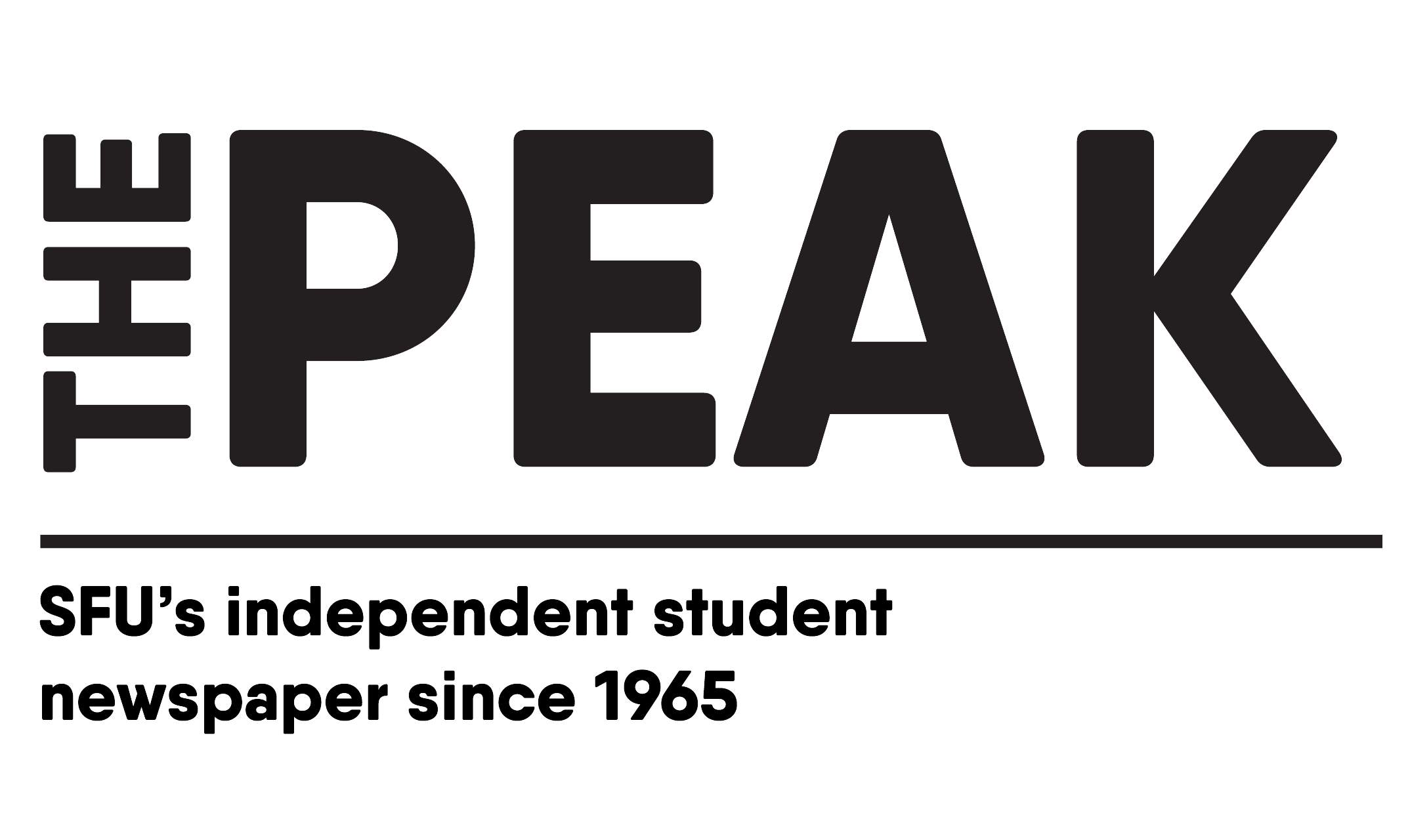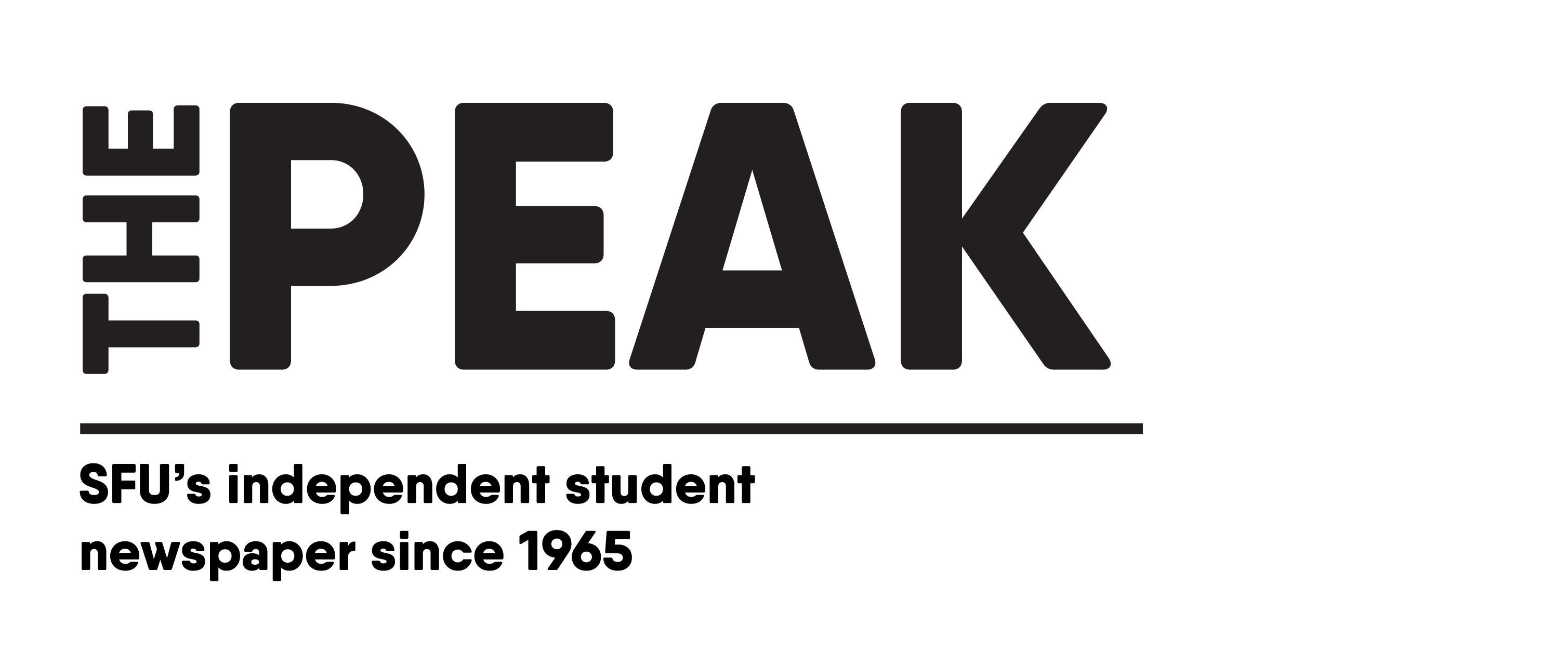By: Olivia Sherman, News Writer
Content warning: Racism, transphobia, sexual harassment, and violence.
Dr. Victoria Thomas is an assistant professor of media, communication, and public engagement in SFU’s School of Communication. Her research primarily focuses on the hypervisibility of different genders and sexualities, particularly the representation of Black trans women in media. Her newest seminar, Transformative Justice: A Revolutionary Praxis for Reducing Anti-Trans Sentiment, examined these ideas.
Thomas started her lecture discussing the state of visibility for trans women in media. She started by addressing trans actress Laverne Cox’s debut on the cover of TIME magazine in 2014. This was an act Thomas described as the beginning of a “new civil rights frontier.” While this initial visibility was beneficial for introducing the world to trans rights and issues, it quickly led to hypervisibility. Thomas estimated that by 2020, there was “proliferation of lots of trans women” in the media.
She explained, “hypervisibility doesn’t necessarily equate to something good.” Thomas noted a connection between an increase in Black trans women being on the covers of influential fashion magazines, like TIME, Sports Illustrated, and Vogue, and an increase in anti-trans laws and bans in the United States. She quoted Ahya Simone, a singer-songwriter, filmmaker, and Black trans woman from Detroit, Michigan: “Hypervisibility doesn’t always mean that people are safer. Hypervisibility can also make us vulnerable to violence.”
Harmony Rodriguez, a writer and editor for Black Girl Dangerous, explains hypervisibility of trans women can lead to scrutiny and an increased exposure to violence, especially for trans women of colour. Considering the population of Black trans women is fractionally small compared to the overall US population, hypervisibility can make them a target. Black trans women are at the forefront of violence, unemployment, incarceration, and houselessness in the United States due to marginalization and hostile political climates. Thomas described this intersectional violence against Black trans women as transmisogynoir, accounting for misogyny, anti-Black sentiments, and anti-trans sentiments.
Thomas explained the case of Kelly Stough, a 36-year-old Black trans woman, who was shot and killed by a pastor in 2018. The pastor, known for soliciting Black trans women for sexual favours, received an eight year prison sentence in 2023. “We have a system that is, once again, telling trans people that not only will we make it hard for you to live, but if you die, there are no consequences,” said Thomas. Judges and politicians interpret the law, but “they can only work within the system they are given.”
Thomas also cited a culture of vigilantism that creates paranoia surrounding trans people and communities. “One thing that hypervisibility has done is create this monolithic representation of trans women,” which people often act on. “A lot of the policing occurs if a person doesn’t neatly fit into what you think a man or a woman should do.”
She cited an incident in Kelowna, BC, where a man interrupted an elementary school track meet to demand a nine-year old girl take off her clothing to prove she wasn’t trans. While this particular child was cisgender, Thomas said this culture of vigilantism was to blame for the man’s behaviour, as he decided to police what he thought a girl or boy should look like.
This is where the concept of transformative justice comes into play. “The state has proven time and time again that they don’t have the resources, or they don’t have the actual power to effect real change [ . . . ] so, we have to build alternatives to these systems.” Transformative justice is an approach for responding to institutional violence that doesn’t rely on the government, while emphasising “healing, accountability, resilience, and safety for all,” according to the resource hub Transform Harm. Thomas said donating to organizations and initiatives to help Black trans women is vital. She mentioned QMUNITY, a resource centre for BC’s queer, transgender, and Two-Spirit people, as a source of donations and learning.
“You are either a part of the problem, or part of the solution,” Thomas said. “Neutrality is not accountability.”




